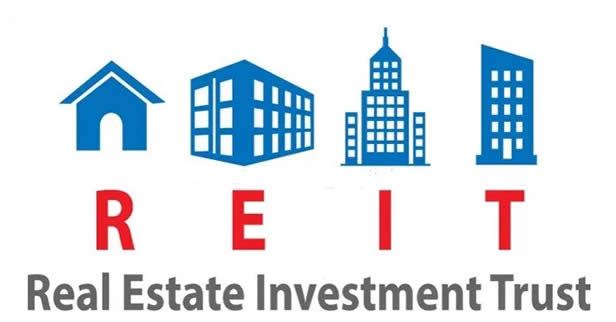Embassy REIT’s gives hope to realtors, as it received 35% appreciation in just 6 months.
By Abhay Shah, Realty Quarter

India’s first real estate investment trust (Reit), Embassy Office Parks Reit, has been able to generate hope for real estate developers seeking to increase funding in the wake of the ongoing liquidity crisis with price growth of almost 35% in the previous six months since its opening in April.
Several commercial real estate companies with revenue-generating assets portfolios are now interested in listing their investments via Reit.
Developers such as Blackstone’s India partners Salarpuria Sattva and K Raheja Corp are exploring Reit’s listing option. Of these, K Raheja Corp will be listed in March by its jointly owned 20 million sqft commercial public portfolio.
The investment preference for the only Reit in the two previous quarters, backed up by the dividend allocation and income output of the Reit, is also driving interest in monetizing income-yield portfolios through Reits apart from the small appetite for listed real estate firms.
“Encouraged by the investors’ response to India’s Embassy Group first Reit listing, a number of developers are planning to dip in the near future. REITs definitely constitute a viable financing alternative for cash-starved developers in the current scenario where liquidity squeeze has taken place,” said Anuj Puri, Chairman, ANAROCK Property Consultants.
In the last six months, Embassy Office Parks Reit listing price of Rs 300 per unit has risen by around 35%. Compared to its Asian peers, global office Reits benchmark indices and all other listed real estate company, the rise has been the highest among all.
According to industry specialists, a quarterly dividend distribution of Rs 5.4 or 1.8%, which is greater than the annual allocation of real estate businesses, is part of the increase in the cost of Reit.
This one-in-one Reit listing in India is now included in the FTSE index in London Exchange — the FTSE All-World and the FTSE APAC Mid-Cap list. Based on the stock price increase, Embassy Reit’s market capitalization grew to over Rs 31,000 crore, making it a major cap category.
According to Puri, developers with worldwide investors with a big Indian property portfolio, such as Brookefield, GIC and the Canada Pension Fund, could bring these possibilities into consideration and ultimately take over the Indian REITs.
“Investors – both big and small – see Reits as the least risky, and the one that offers decent returns on investment (ROI) for almost 12-14% annual returns over the long term, because of the volatility across various asset classes in the current scenario,” said CEO of a realty developer that is exploring Reit listing of its commercial portfolio.
In the context of the achievements of Reits in the developed nations, worldwide investment is bullish in emerging countries like India where there is considerably elevated demand for grade A commercial asset.
Furthermore, investors who participated in the maiden Reit of the country believe they have had an opportunity, which could not be done previously, to invest in the commercial real estate sector at relatively small entry levels. In addition, Reits is a feasible alternative for investors looking to diversify their equity portfolios.

















































































